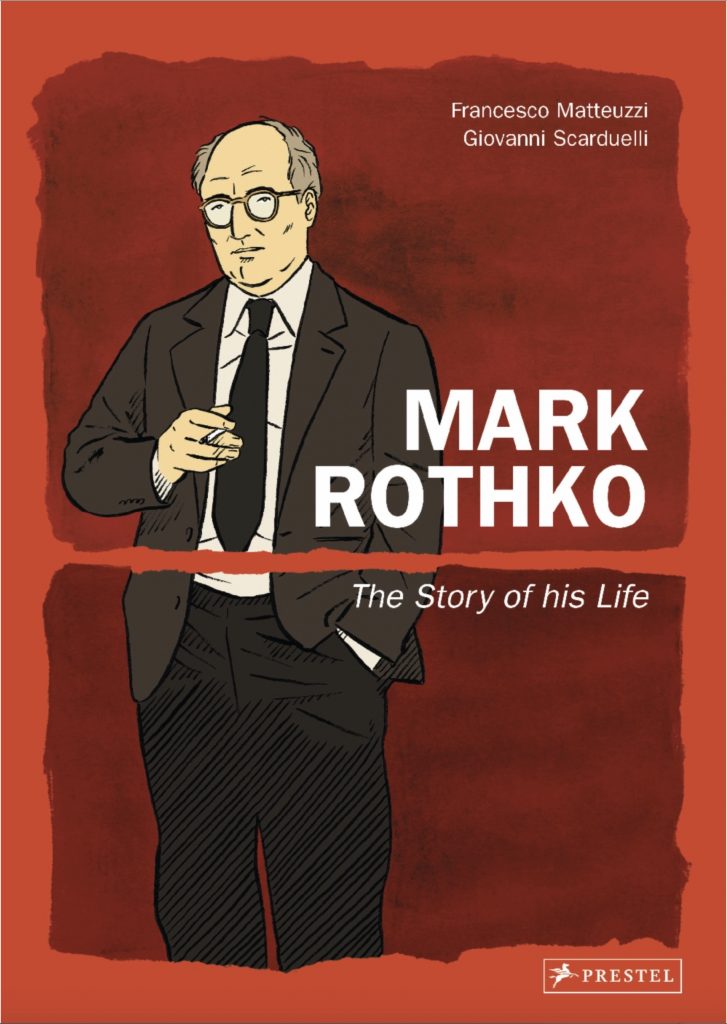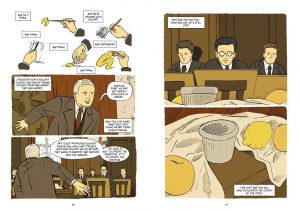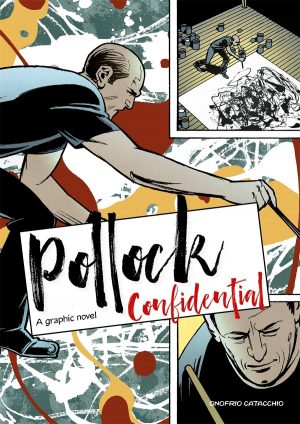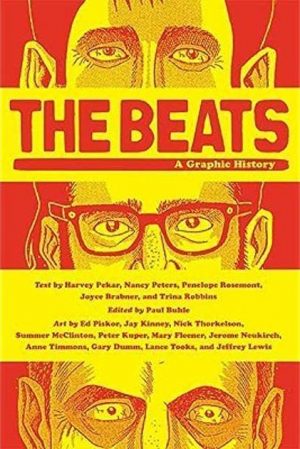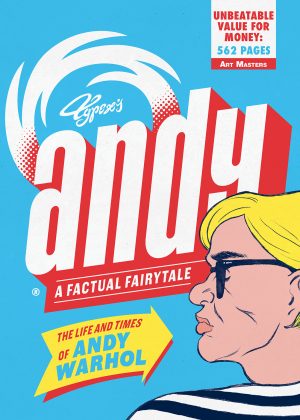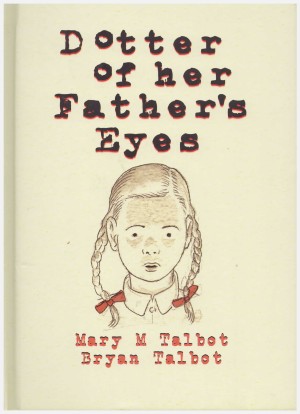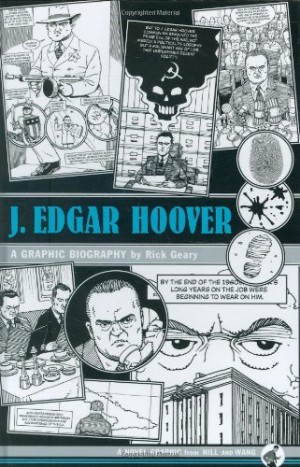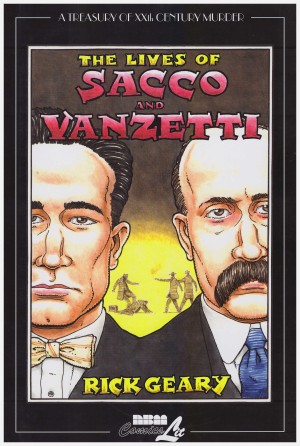Review by Graham Johnstone
As the strap-line suggests, Francesco Matteuzzi aims to sketch out the American abstract painter’s whole life, in just over a hundred compact pages. He wisely avoids an exhaustive but summarised account, in favour of a selection of snapshots, that aim to illuminate both art and artist. It’s organised in three chronological sections that evoke Rothko-esque themes. ‘Form and Space’ takes us from the Rothkowitz family’s arrival in America, through alienated youth, and discovery of his artistic vocation, up to meeting his first wife. ‘Figure and Essence’, captures his artistic journey, from arrival, through doubt, to reinvention, as he and friend Adolph Gottlieb move from representational to abstract art. ‘Art and Life’ follows the painter’s later years and subtly flags the considered omission of his death (addressed in the creators’ afterword).
Matteuzzi does a creditable job of including most of the milestones, and the best of the anecdotes, while sketching the artistic context. He weaves ideas and events into seamless sequences. For example, in one sequence Rothko meets painter Milton Avery, who invites him to Lake George. Then we cut directly to Avery, Rothko and Gottlieb painting by the lake, the dialogue indicating the passage of four years. They talk about painting, then Rothko dives into the lake. This lets the others discuss Rothko, who muses as he swims, before surfacing to see a new arrival – his future wife. A lot of the subject’s life, art, and social circle is elegantly woven into that sequence. Matteuzzi sketches in the mid-century American backdrop: (the end of prohibition, World War II, JFK), though some notionally good moments, like attendance at Kennedy’s inauguration, reveal little about Rothko. Intercut discussions between the artist and his child self pay-off only in the poetic closing scene, and seem to be bulking the page count.
There are some omissions and issues. After the reference to the ‘failure’ of the Russian revolution explaining his family’s migration to America, there’s little exploration of Rothko’s left wing-politics. For example, this book attributes his withdrawal from the lucrative Seagram Building commission, sacrificing a year’s work, to issues over placement of his paintings. However other sources cite a visit to the building’s restaurant (where his paintings would be hung), and reaction against its elite food and clientele. Of course, such motivations are debatable, but significant interpretations are better acknowledged.
Artist Giovanni Scarduelli channels Rothko’s pure abstraction well. The palettes reflect the subject’s earth colours and ‘shades of black’, while the borderless panels evoke the similarly frayed edges of Rothko’s signature ‘floating’ rectangles. One of Rothko’s obsessions was the creation of bespoke paintings for specific spaces, like the Rothko Chapel. Artful use of borderless images, spreads and sequences, turn the final pages into a similarly immersive experience. Otherwise, though, this volume lacks the loving detail Scarduelli applied to Edward Hopper’s poetic landscapes. Most pages resemble working roughs for the finished pages, and this low resolution art also affects clarity, for example, identification of various men in dark suits. One sequence where Rothko gains (apparently in days) a moustache renders him indistinguishable from Gottlieb. Niggles with balloon and caption sequence, further add to a sense of a hasty creation and editing.
Mark Rothko: The Story of his Life provides an informative and entertaining primer on the man behind those enthralling paintings, but may frustrate more critical readers.
